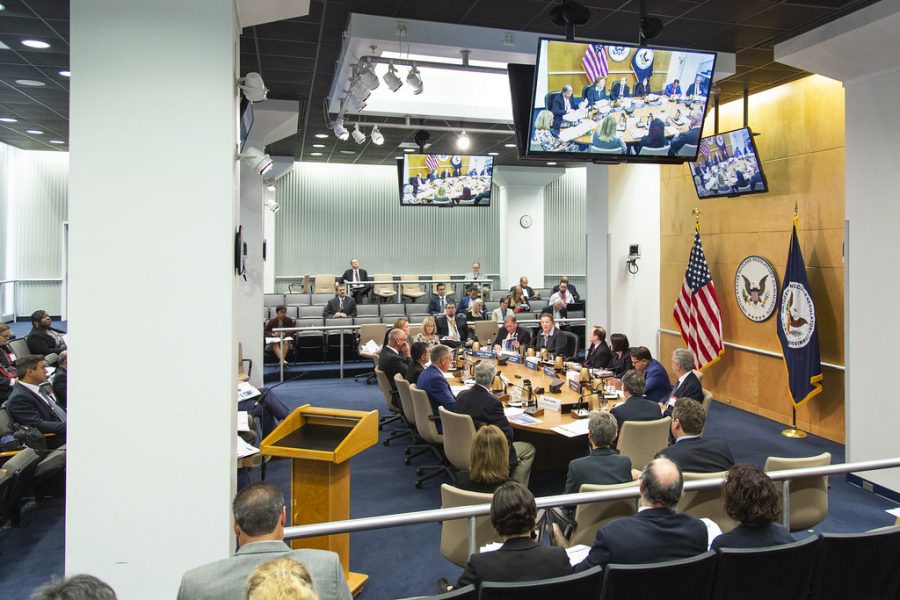Soon after taking office, President Biden nominated Richard Glick, a Democratic commissioner on the Federal Energy Regulatory Commission (FERC), as the Commission’s new chair.[i] Though the Commission is expected to maintain a Republican majority until Commissioner Neil Chatterjee’s term ends June 30, Glick has begun shifting the priorities of FERC, which regulates the interstate transmission and sale of electricity, natural gas, and oil, to align with President Biden’s ambitious energy and environmental goals.[ii] The following examines Glick’s three main priorities under the new administration, each of which could substantially change the energy regulatory landscape.
Tag: Electricity
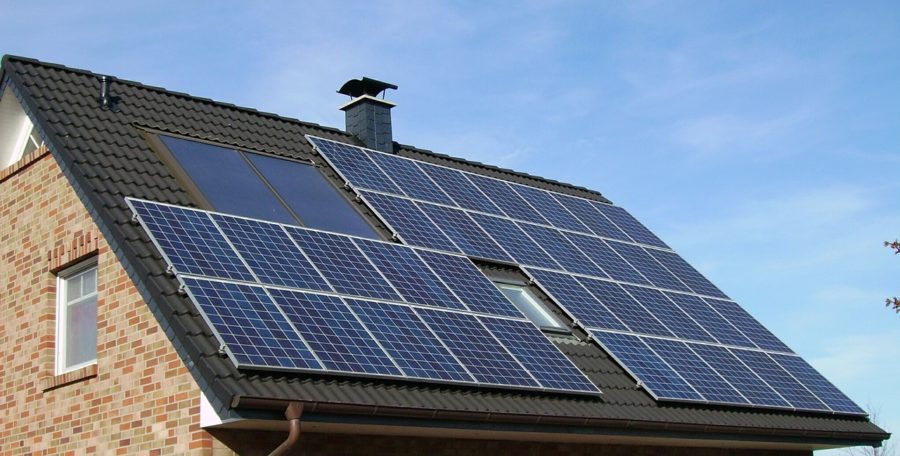
By Andrea Jakubas
This post is the final part of a three-part series discussing three avenues for reducing the “uncollectible burden”–the inability of people to pay their utility bills during the COVID-19 pandemic. Part one examined government grants and policy; part two looked at incentivizing and changing consumer bill-paying behavior. Part three, below, discusses clean energy initiatives that promote efficiency, reduce consumption and use cleaner forms of energy.
—
In pre-pandemic times, if utility customers did not or could not pay their bills, the company could generally disconnect their service. But in response to the COVID-19 emergency, many states have issued moratoria against such utility shutoffs for nonpayment,[1] recognizing both that utilities are vital to human health and well-being and that customers are facing daunting levels of unemployment and decreased ability to pay their bills.
These shutoff moratoria are necessary but raise an additional problem: how bills will ultimately be paid. Generally, uncollectible accounts are “socialized” across utilities customers. The rate paid covers not only the customer’s direct consumption but also administrative costs, including other customers’ nonpayment. As the pandemic—and orders against utility shutoffs—drag on, the mountain of “uncollectible” debt will continue to grow, and there are no clear answers on how (and by whom) bills will ultimately be paid.
Programs that reduce consumption, or that use non-carbon fuel sources are doubly advantageous: they can make bills more affordable for customers and increase the likelihood the bills will be paid, and can reduce carbon emissions.
Distributed solar
Energy generated in a dispersed manner or by customers, rather than at a central location (like a nuclear power plant), is “distributed generation.”[2] The most common distributed generation method is home solar panels. But many customers, especially those who are already struggling to pay their bills, will have trouble investing in panels—though some companies offer the option to lease panels.[3]
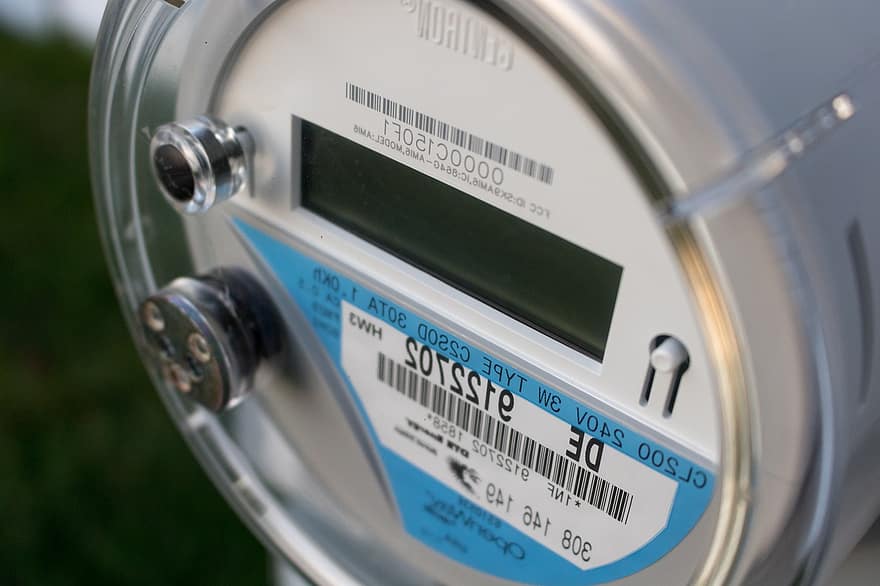
By Andrea Jakubas
This post is part two of a three-part series discussing three avenues for reducing the “uncollectible burden”–the inability of people to pay their utility bills during the COVID-19 pandemic. Part one examined government grants and policy; part three will discuss clean energy initiatives that promote efficiency and reduce consumption. This post discusses how incentivizing and changing consumer bill-paying behavior could help address the uncollectibles problem.
—
In pre-pandemic times, if utility customers did not or could not pay their bills, the company could generally disconnect their service. But in response to the COVID-19 emergency, many states have issued moratoria against such utility shutoffs for nonpayment,[1] recognizing both that utilities are vital to human health and well-being and that customers are facing daunting levels of unemployment and decreased ability to pay their bills.
These shutoff moratoria are necessary but raise an additional problem: how bills will ultimately be paid. Generally, uncollectible accounts are “socialized” across utilities customers. The rate paid covers not only the customer’s direct consumption but also administrative costs, including other customers’ nonpayment.
As the pandemic—and orders against utility shutoffs—drag on, the mountain of “uncollectible” debt will continue to grow, and there are no clear answers on how (and by whom) bills will ultimately be paid.
Changing bill-paying behavior requires first that customers have at least some ability to pay their bills, but there are several options to help bills become more manageable.
Deferred Payment Arrangements
A deferred payment arrangement (DPA), for example, allows the customer to pay later for services used now. It does not waive the customer’s obligation to pay; rather, it allows them more time to pay their bills, often with at least part of the past due amount due each billing cycle.
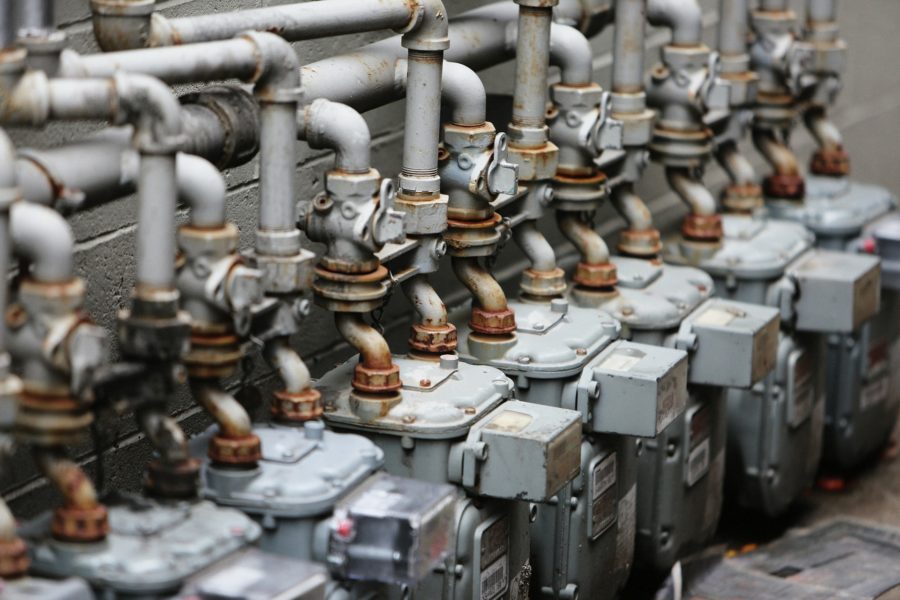
By Andrea Jakubas
This post is part one of a three-part series discussing three avenues for reducing the “uncollectible burden”–the inability of people to pay their utility bills during the COVID-19 pandemic. Part one examines government grants and policy; part two will examine incentivizing and changing consumer bill-paying behavior, while part three will discuss clean energy initiatives that promote efficiency and reduce consumption.
—
In pre-pandemic times, if utility customers did not or could not pay their bills, the company could generally disconnect their service. But in response to the COVID-19 emergency, many states have issued moratoria against such utility shutoffs for nonpayment,[1] recognizing both that utilities are vital to human health and well-being and that customers are facing daunting levels of unemployment and decreased ability to pay their bills.
These shutoff moratoria are necessary but raise an additional problem: how bills will ultimately be paid. Generally, uncollectible accounts are “socialized” across utilities customers. The rate paid covers not only the customer’s direct consumption but also administrative costs, including other customers’ nonpayment. As the pandemic—and orders against utility shutoffs—drag on, the mountain of “uncollectible” debt will continue to grow, and there are no clear answers on how (and by whom) bills will ultimately be paid.
Pre-Pandemic Government Funding and Programs to Address the Uncollectables Problem
State and federal programs established before and during the pandemic have helped some customers reduce their debt.
Utility bill affordability was an issue long before the current pandemic, especially in lower-income homes. Now, during the pandemic, low-income individuals are more likely to have lost their jobs and are more concerned about being able to pay their bills, with only 23 percent of lower-income families reporting that they have enough emergency funds to last three months.[2]
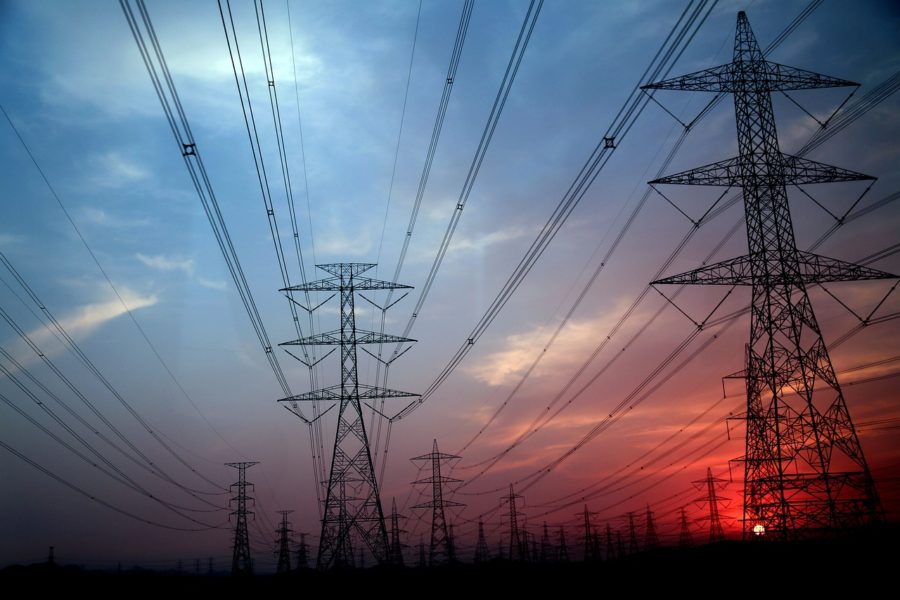
The Federal Energy Regulatory Commission (FERC) has released a policy statement declaring it has jurisdiction to “incorporate a state-determined carbon price in [wholesale] markets.”[1]
FERC released the policy statement following a virtual technical conference it held on September 30 on the subject of carbon pricing in wholesale electricity markets.[2] The conference covered a range of topics, including an overview of current carbon pricing mechanisms used by states and regional coalitions, as well as operational and design issues that may arise when incorporating a carbon price into a wholesale market structure.[3]
The conference also featured a panel on the legal implications of integrating carbon pricing into wholesale markets. There, as is so often the case with a novel legal issue, the threshold question was one of jurisdiction—specifically whether and under what authority FERC has jurisdiction to implement carbon pricing.[4] Answering that question in the affirmative, FERC has taken a significant step by signaling it will not reject carbon price proposals brought by states “out of hand.”[5]

In response to the COVID-19 pandemic, many states have mandated that utilities maintain service regardless of customers’ ability to pay. [1] The Illinois Commerce Commission (“ICC,” the quasi-judicial agency that regulates Illinois’s utilities), for example, issued an order requiring various customer protections, including a moratorium on utility shutoffs due to nonpayment, more generous deferred payment arrangements, and more favorable credit reporting for missed payments. [2]
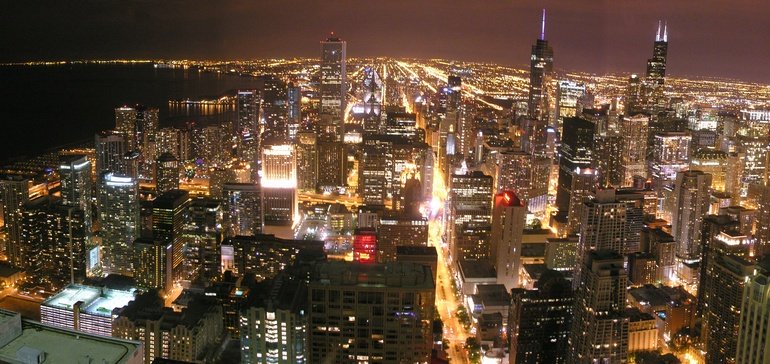
Chicago Considers Forming its Own Electric Utility Company
Chicago is considering ending its 30-year franchise agreement with Commonwealth Edison Company (ComEd), the City’s incumbent utility provider. The City is exploring the possibility of forming an electric utility company that would be owned, operated, and managed by the City.[1] This process, known as municipalization, allows a local government to purchase the infrastructure and distribution assets of an incumbent utility provider in order to operate and maintain the system.
Illinois law includes a provision that permits local governments to exercise the right to acquire, construct, own, and operate a public utility.[2] Presently, 32 municipalities in Illinois, including Naperville and Winnetka, operate their own municipal electric utility.[3] However, the prospect of Chicago parting ways with ComEd is significant given that over 3 million of ComEd’s 4 million customers reside in Chicago.[4] For this reason, it is likely that acquiring ComEd’s infrastructure would be expensive—ComEd believes that the value of their system could be as much as $10 billion.[5]
Chicago is the latest in a series of large cities considering municipalization. Following Pacific Gas & Electric Company’s (PG&E) Chapter 11 Bankruptcy filing and the devastating wildfires in their service territory, San Francisco offered PG&E $2.5 billion to acquire the company’s electric infrastructure.[6] Boulder, Colorado is making progress towards its municipalization goals, but the process was caught up in a years-long litigation battle with the region’s incumbent utility provider, Xcel Energy, which raised a number of legal questions like the legality of Boulder’s plan, the cost of financing a new system, and the acquisition or condemnation of Xcel’s distribution assets.[7]
Against a backdrop of a federal corruption probe into ComEd’s lobbying efforts and a growing demand for cleaner sources of energy as well as more equitably priced utility bills, the idea of a municipal utility provider is gaining more traction.[8] Though, this is not the first time that City leaders considered the idea of municipalization. In July 2019, First Ward Alderman Daniel La Spata, with the support of 21 additional cosponsors, introduced a measure to perform a feasibility study investigating the cost of acquiring ComEd’s assets and the costs of running a municipal utility.[9] The measure did not pass at the council meeting, but at a subsequent meeting in October 2019, Twelfth Ward Alderman George Cardenas confirmed that the feasibility study was underway and anticipated the results being released in the coming months.[10]
*Feature Image: Wikimedia
[1] Becky Veavea, What if the City of Chicago Ran its Own Electric Utility?, NPR (Feb. 10, 2020), available at https://www.npr.org/local/309/2020/02/10/804480819/what-if-the-city-of-chicago-ran-its-own-electric-utility.
[2] 65 ILCS 5/11-117-1 (2019).
[3] Illinois Municipal Electric Agency, Members of IMEA, http://www.imea.org/Members.aspx (last visited Feb. 16, 2019).
[4] Veavea, supra note 1.
[5] Veavea, supra note 1.
[6] Sonja Hutson, San Francisco Offers to Buy PG&E Electric Grid in the City for $2.5 Billion, KQED (Sept. 8, 2019), available at https://www.kqed.org/news/11773007/san-francisco-offers-to-buy-pge-electric-grid-in-the-city-for-2-5-billion.
[7] Robert Walton, Colorado authorizes transfer of Xcel assets to Boulder, boosting city’s municipalization efforts, Utility Dive (Oct. 11, 2019), available at https://www.utilitydive.com/news/colorado-authorizes-transfer-of-xcel-assets-to-boulder-boosting-citys-mun/564843/.
[8] Veavea, supra note 1.
[9] Press Release, Democratize ComEd, Democratize ComEd Campaign Calls for Public Feasibility Study (Nov. 15, 2019), available at https://demcomed.org/assets/press_releases/DemComEd_11_15_19_Press_Release.pdf.
[10] Id.

